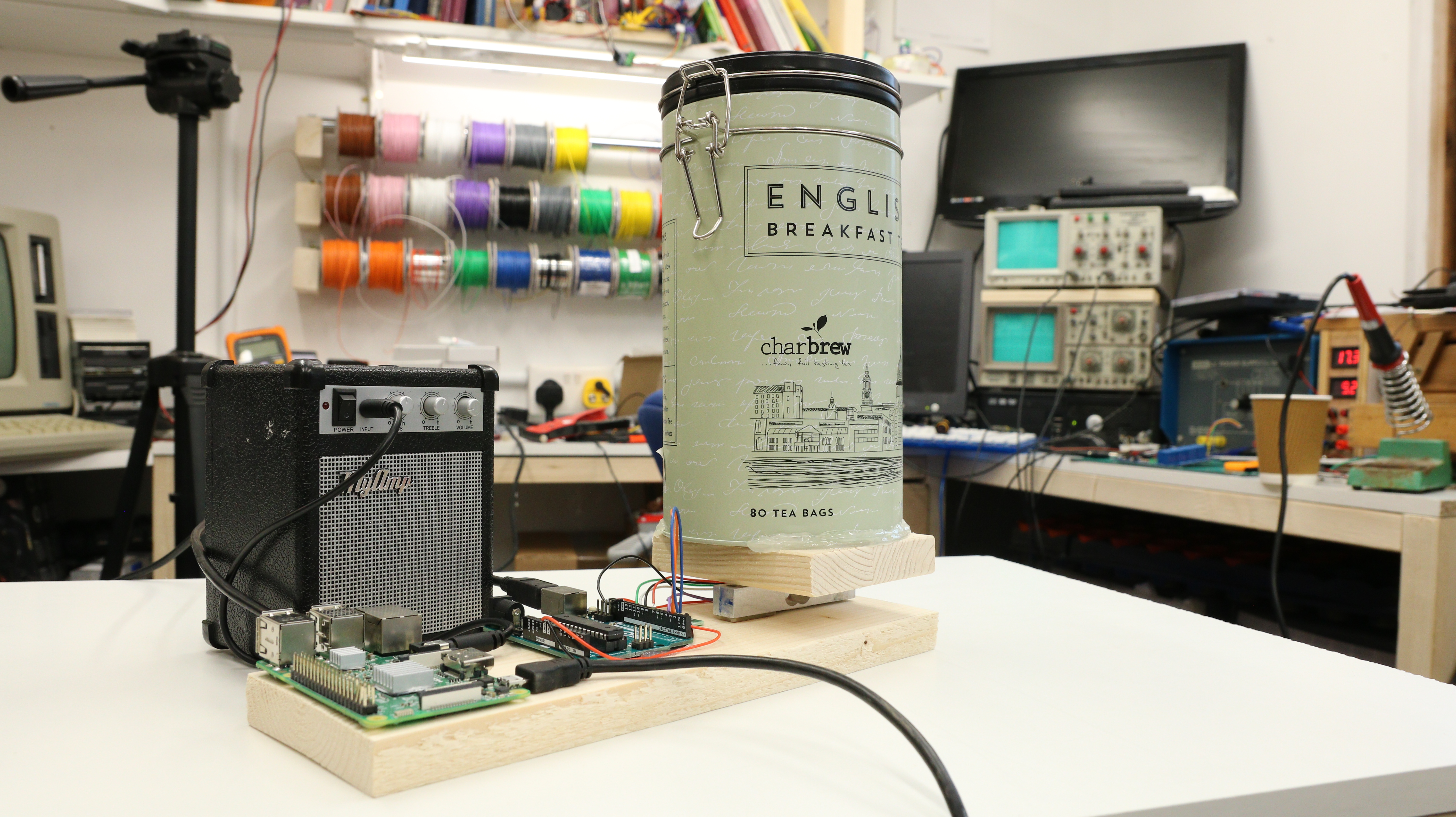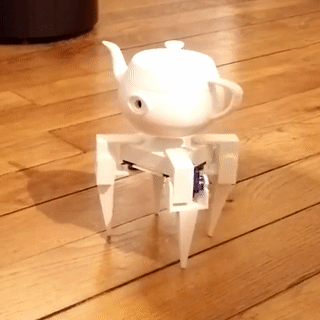Schlagwort: Tea
-

A splendid steampunk tea maker
Reading Time: 2 minutesArduino Team — April 14th, 2021 Prolific project maker and Arduino lover Alain Mauer has made a rather splendid tea maker project with a steampunk twist. Despite Mauer being based in Luxemburg, we’d have to say this feels like a very British Arduino application. Crumpets or Battenburg, anyone? Putting the “Tea” in…
-

Intelli-T Raspberry Pi sensor alarm | The MagPi issue 81
Reading Time: 4 minutesNever knowingly run out of tea-bags again with this ingenious system, using a Raspberry Pi and Arduino to create a weight sensor and alarm. Faced with the, almost unthinkable, problem of no tea-bags in the house, Robin Mitchell was inspired to contrive an invention that would eliminate the possibility of that scenario…
-

The robotic teapot from your nightmares
Reading Time: 3 minutesFor those moments when you wish the cast of Disney’s Beauty and the Beast was real, only to realise what a nightmare that would be, here’s Paul-Louis Ageneau’s robotic teapot! See what I mean? Tale as old as time… It’s the classic story of guy meets digital killer teapot, digital killer teapot…


